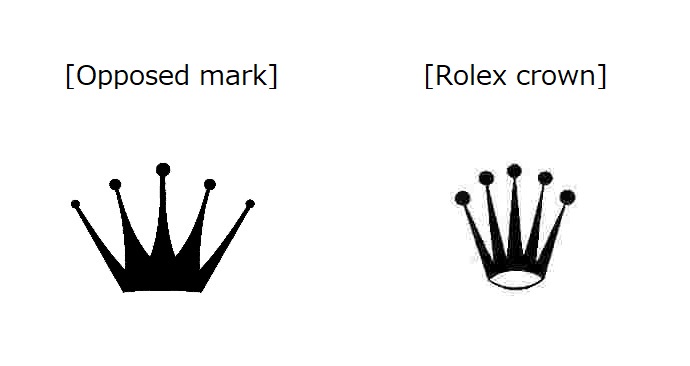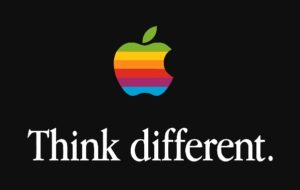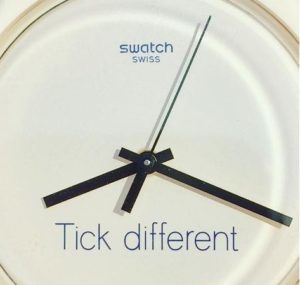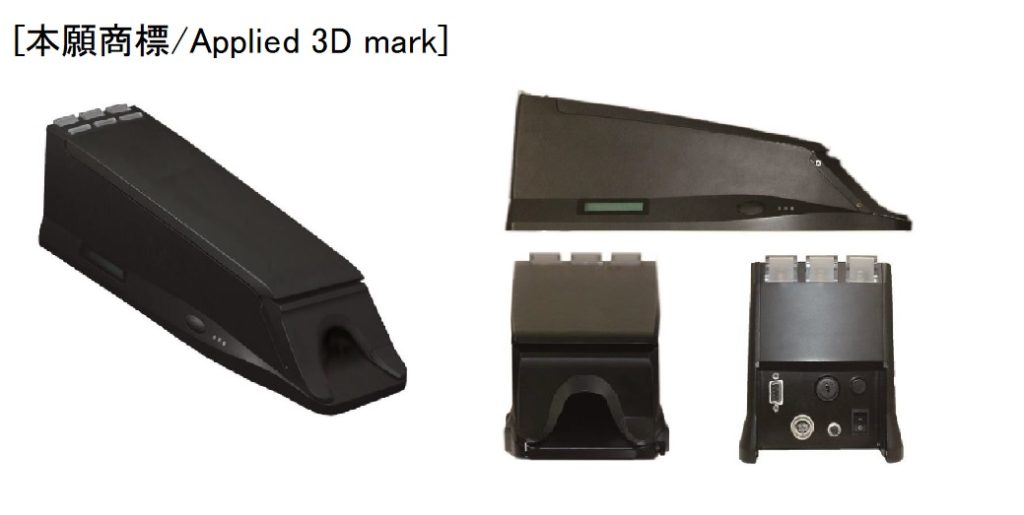In a recent trademark decision, the Opposition Board of Japan Patent Office (JPO) dismissed an opposition against IR no. 1263679 filed by Rolex SA, Swiss manufacturer of luxurious watches, based on the iconic Rolex crown.
[Opposition case no. 2017-685031, Gazette issue date: August 31, 2018]
Opposed mark – Crown device
Opposed mark, consisting of a crown device (see below), was filed in the name of PWT A/S, a Danish retailer of clothing, furnishings, and accessories for men, women, and children.
The mark was filed to JPO through the Madrid Protocol (IR no. 1263679) with priority date of June 25, 2014 and admitted national registration on July 28, 2017 over the goods of “Toilet soaps, perfumery, essential oils, cosmetics, perfumed toilet preparations, preparations for cleaning, care and beauty cosmetics of the skin, scalp and hair, deodorizing preparations for personal use” in class 3, “Leather, boxes of leather or leather board, bags of leather for packaging” in class 18, and “Clothing, headgear” in class 25.
During substantive examination, JPO examiner initially issued a refusal due to a conflict with senior registrations for the Rolex crown. However, the JPO withdrew the refusal as a result of PWT’s response to partially delete goods and argue dissimilarity of mark.

Opposition by Rolex
During a two-months opposition period after registration, Rolex SA filed an opposition, stating that relevant consumers are likely to confuse or misconceive opposed mark with Rolex or any business entity systematically or economically connected with Rolex because of high similarity to the iconic Rolex crown (see above) and close association between “watches” and the designated goods in class 3 and 25.
Article 4(1)(xv)
Rolex SA sought to retroactively cancel opposed mark in relation to cosmetics and other goods designated under class 3 and clothing, headgear in class 25 based on Article 4(1)(xv) of the Japan Trademark Law.
Article 4(1)(xv) provides that a mark shall not be registered where it is likely to cause confusion with other business entity’s well-known goods or services, to the benefit of brand owner and users’ benefits.
Board decision
The Opposition Board did not question a remarkable degree of popularity and reputation of the ROLEX crown as a source indicator of opponent business.
In the meantime, the Board considered both marks give rise to a different impression in the minds of relevant consumers from overall appearance and found that the degree of similarity of marks is relatively low irrespective of a common crown design with five points and its circle-shaped ends. Besides, the Board negated close association between watches and cosmetics, apparel to the extent that watches, a sort of precision instrument, are not ordinarily manufactured or distributed by same business entity with cosmetics and apparel.
Based on the foregoing, the Board concluded that relevant consumers of goods in question are unlikely to confuse opposed mark with Rolex or any business entity systematically or economically connected with opponent.
Thus, opposed mark is not subject to Article 4(1)(x), and valid as a status quo.





